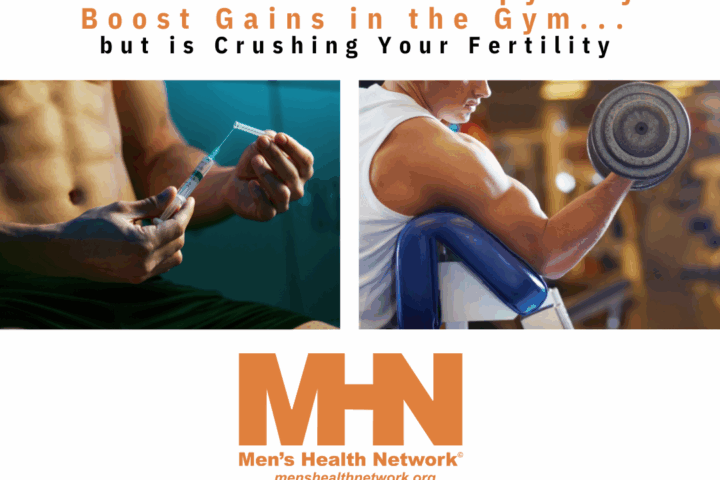Ice is to physical soreness like alcohol is to emotional ailments. People are quick to resort to it as a band-aid for pain or discomfort. Yet, just as a bottle of wine will only make a person feel better temporarily, ice is also a security blanket that doesn’t get to the root issues of healing. Physical therapist and American Physical Therapy Association spokesman Robert Gillanders sides with heat for workout recovery. He tells The Washington Post that ice is discouraged for post-workout recovery because it blocks the body’s course for natural healing. Heal overworked muscles with warmth and recover faster with these heating treatments.
Heat Beats Ice
The battle of heat or ice for physiological benefits and muscle soreness treatment continues to be fought based on opposing methodologies. First, Gillanders primarily recommends movement, compression, elevation, and active stretching. As a proponent of heat, the practitioner adds that although ice will stop inflammation, it delays the healing process. The three stages of bodily healing include inflammation, repair and remodel. If ice stops inflammation, the body skips the first step in natural healing.
Marathoner and track and cross-country coach Steve Hays recommends both ice and heat for his athletes. His recovery process includes 10 minutes of ice, then 10 minutes of heat for two cycles. Hays explains how heat increases blood flow, which helps flush out byproducts, according to The Washington Post.
DOMS & Relieving Muscle Tension
Men’s Fitness reminds athletes, weight lifters and workout fanatics that post-workout soreness is caused by microscopic tears in muscle tissue called DOMS (Delayed Onset Muscle Soreness). During DOMS, the body undergoes repair work and signals pain as the body’s response to a strenuous workout. Men’s Fitness shares Hays sentiment about using both ice and heat for recovery because it promotes circulation and muscle recuperation. Keep in mind, a warm bath also loosens tight muscles and improves circulation. Optimal circulation increases oxygen and nutrients in the blood, which aid muscle recuperation.
Fitness expert Kristy Wilson tells Greatist.com that as a rule of thumb, use ice for sprains and pains, but use heat for muscle soreness, especially chronic muscle soreness. Ice is more preferred for acute injuries that include swelling and bruising. Soak in a warm bath and add epsom salts or use a heating pad for about 20 minutes.
Maximize the heating and healing process during DOMS by indulging in the hot tub as well. Warm muscles and increase blood flow while relaxing in your own hot tub, or use one where you work out. After a thorough soak, continue to take care of your body with active stretching, movement, elevation of affected areas, and using compression garments to wrap swollen spots.



